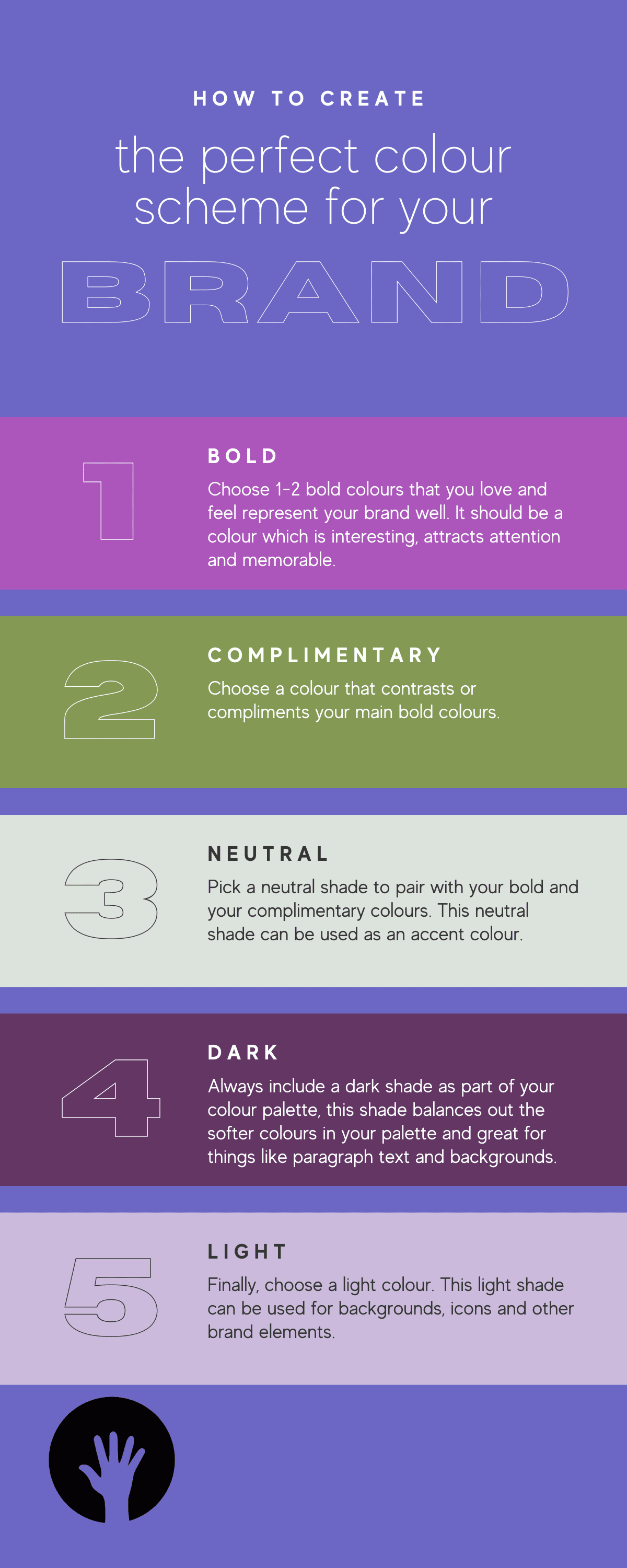
Creating the perfect color scheme for your brand is crucial for establishing a strong visual identity and building brand recognition. Color is an integral part of branding and can evoke emotions, convey a message, and influence consumer behavior. Here are some steps to help you create the perfect color scheme for your brand.
Define your brand personality:
Before choosing colors for your brand, it’s essential to define your brand personality. What are your brand’s mission, values, and unique selling proposition (USP)? Who is your target audience, and what emotions do you want to evoke in them? Once you have a clear understanding of your brand’s personality, you can choose colors that align with your brand’s values and appeal to your target audience.
Choose a dominant color:
Choose a dominant color that will represent your brand and be the most prominent color in your branding materials. This color will be used in your logo, website, and other marketing collateral. Choose a color that reflects your brand’s personality and resonates with your target audience. Consider the psychological effects of different colors when making your decision.
Choose accent colors:
Once you’ve chosen a dominant color, choose one or two accent colors that complement and enhance your brand’s visual identity. These colors should be used sparingly and strategically to create contrast and add interest to your branding materials. Choose colors that are different enough from your dominant color to create contrast but complementary enough to create a cohesive color scheme.
Consider color psychology:
Color psychology is the study of how colors affect human behavior and emotions. Different colors can evoke different emotions and reactions in people. Consider the psychological effects of different colors when choosing your brand’s color scheme. For example, red can convey passion and excitement, while blue can evoke a sense of trust and stability.
Test your color scheme:
Once you’ve chosen your brand’s color scheme, test it in different contexts to ensure it’s effective. Test your color scheme in different lighting conditions, on different devices, and with different backgrounds. Make sure your colors look consistent and cohesive across all marketing materials.
Use color consistently:
Consistency is key when it comes to branding. Use your chosen color scheme consistently across all marketing materials, including your logo, website, business cards, and social media profiles. This consistency will help build brand recognition and establish a strong visual identity.
Evolve over time:
Your brand’s color scheme may evolve over time as your brand grows and changes. Stay open to updating your color scheme as necessary to reflect changes in your brand’s personality or target audience.
In conclusion, creating the perfect color scheme for your brand requires careful consideration of your brand’s personality, target audience, and the psychological effects of different colors. Choose a dominant color and one or two accent colors that complement and enhance your brand’s visual identity. Test your color scheme in different contexts to ensure it’s effective and use your chosen colors consistently across all marketing materials. Remember to stay open to updating your color scheme over time as your brand evolves. With these tips, you can create a strong visual identity for your brand that resonates with your target audience and builds brand recognition.
